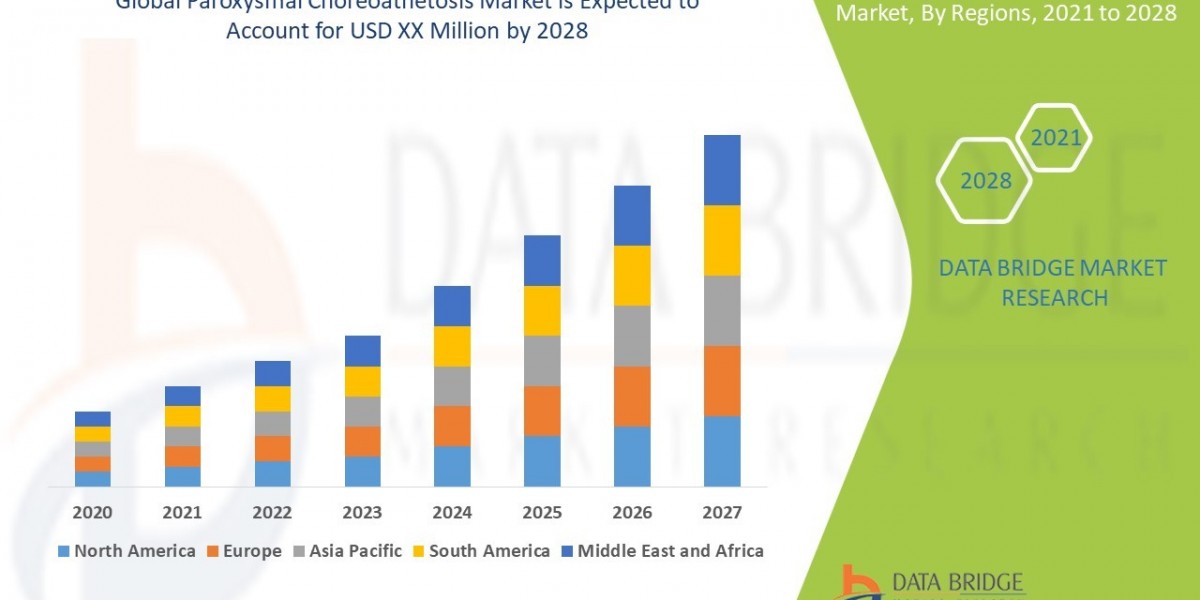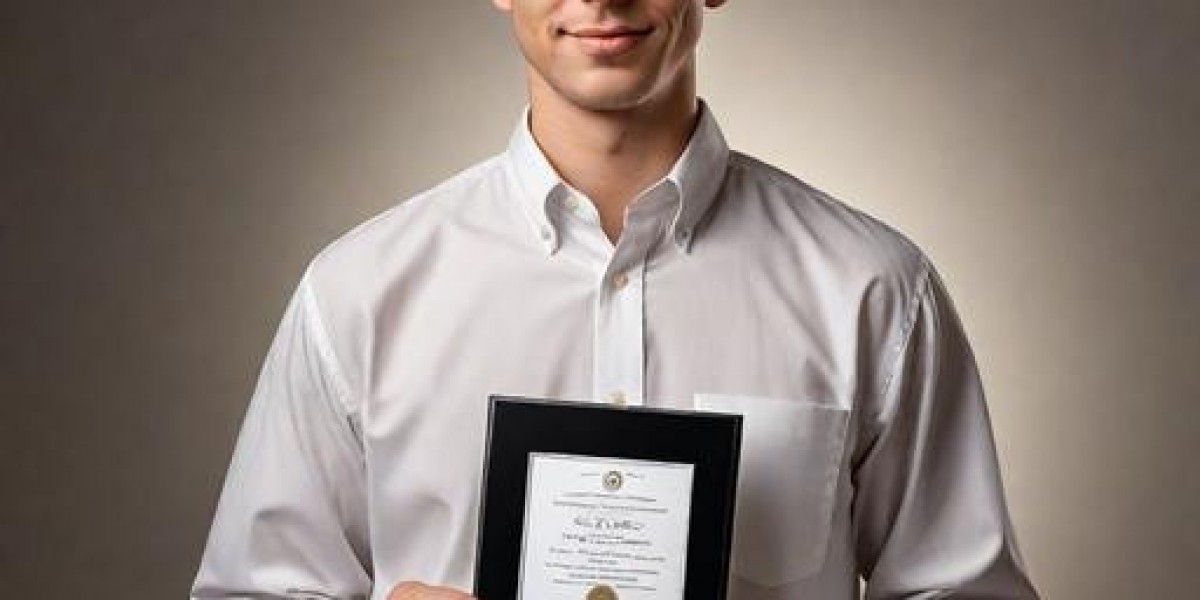The dental products industry is currently in the midst of a transformative era, driven by a convergence of digital innovation, advanced materials, and a burgeoning focus on sustainability. As dental practices worldwide, including those in Pimpri-Chinchwad, increasingly adopt cutting-edge technologies, the demand for sophisticated dental products is surging, promising a future of enhanced patient care and operational efficiency. Recent industry reports and market movements underscore these significant shifts.
The Digital Revolution in Every Dental Practice
Digital dentistry is no longer a futuristic concept; it's the present. A major trend observed in 2024 and continuing into 2025 is the widespread integration of 3D printing, CAD/CAM systems, and intraoral scanners. Dental clinics are now able to fabricate crowns, bridges, aligners, and even surgical guides in-house, significantly reducing patient waiting times from weeks to mere hours. This "same-day dentistry" capability, fueled by advancements in dental 3D printers and CAD/CAM milling machines, offers unparalleled precision, customization, and cost-effectiveness, appealing to both practitioners and patients. The market for 3D printing in dental implants alone is projected to grow from $3 billion in 2023 to $8.1 billion by 2029, signaling a revolution in restorative dentistry.
The impact of artificial intelligence (AI) in dentistry is also becoming profound. AI-powered diagnostics are transforming the way clinicians detect conditions, from analyzing radiographs for caries and periodontal disease to predicting treatment outcomes with impressive accuracy. Platforms like Pearl's "Second Opinion" are gaining traction, providing dentists with real-time diagnostic assistance and improving patient education by visually demonstrating proposed treatment plans. AI is streamlining administrative tasks, optimizing appointment scheduling, and enhancing patient record management, allowing dental professionals to focus more on patient care and less on paperwork.
Advanced Materials and Minimally Invasive Approaches
Innovation in dental materials is directly contributing to improved patient outcomes and durability of restorations. New-generation ceramics like zirconia and lithium disilicate offer superior strength and lifelike aesthetics for crowns, bridges, and veneers. Bioactive dental materials are gaining prominence, designed to interact with natural oral tissues to promote remineralization and reduce decay. These materials, which release calcium, phosphate, and fluoride, are helping to strengthen enamel and prevent cavities. Nanotechnology is also being incorporated into dental materials to enhance mechanical and antibacterial properties, leading to stronger, more wear-resistant fillings and coatings that prevent bacterial adhesion on implants.
Concurrently, laser dentistry continues its expansion, offering minimally invasive and often pain-free alternatives for various procedures. Lasers are now used for cavity preparation, gum surgeries, and even teeth whitening, leading to less bleeding, fewer stitches, faster healing, and reduced need for anesthesia. This shift towards conservative and patient-friendly treatments underscores the industry's commitment to enhancing the patient experience.
Sustainability and Tele-Dentistry: Shaping the Future
Sustainability is no longer an afterthought but a critical consideration in the dental products industry. Major players like Dentsply Sirona are actively advocating for more sustainable practices, including transitioning from plastic to paper-based packaging, replacing foam inserts with paper, and reducing overall packaging weight and size. The emphasis is on designing for reusability, adopting eco-friendly materials, and minimizing waste throughout the product lifecycle. This aligns with a growing consumer demand for environmentally conscious businesses, making "green dentistry" a significant competitive advantage.
Teledentistry, accelerated by the pandemic, has firmly established itself as a permanent component of dental practice. Virtual consultations, remote patient monitoring, and AI-powered treatment planning are enhancing accessibility to care, particularly in underserved areas. This allows dentists to evaluate concerns, triage emergencies, and provide follow-up care without the need for in-person visits, improving patient convenience and practice efficiency. The global teledentistry market is projected to grow significantly, highlighting the ongoing demand for digital platforms and remote diagnostic tools.
The Indian dental equipment market, including regions like Pimpri-Chinchwad, is experiencing robust growth. Valued at USD 408.40 million in 2024, it is expected to reach USD 846.97 million by 2033, with a CAGR of 7.81% from 2025-2033. This growth is propelled by increasing awareness of oral hygiene, a rising prevalence of oral ailments, and the expanding establishment of modern dental clinics and hospitals. Local practices in Pimpri-Chinchwad, such as Dr. Manisha Advanced Dental Clinic & Implant Centre and Smile Care Dental Clinic, are increasingly adopting advanced dental equipment and digital imaging technology, mirroring national trends. The emphasis on prevention, driven by government initiatives and public awareness campaigns, is also boosting demand for preventive care tools.
The dental products industry is at an exciting juncture, with continuous innovation in digital tools, materials, and sustainable practices leading to a more efficient, patient-centric, and environmentally responsible future for oral healthcare.








